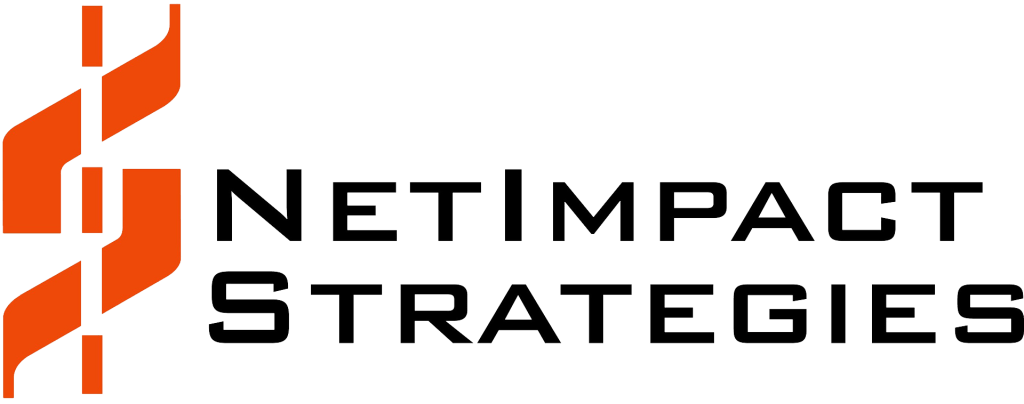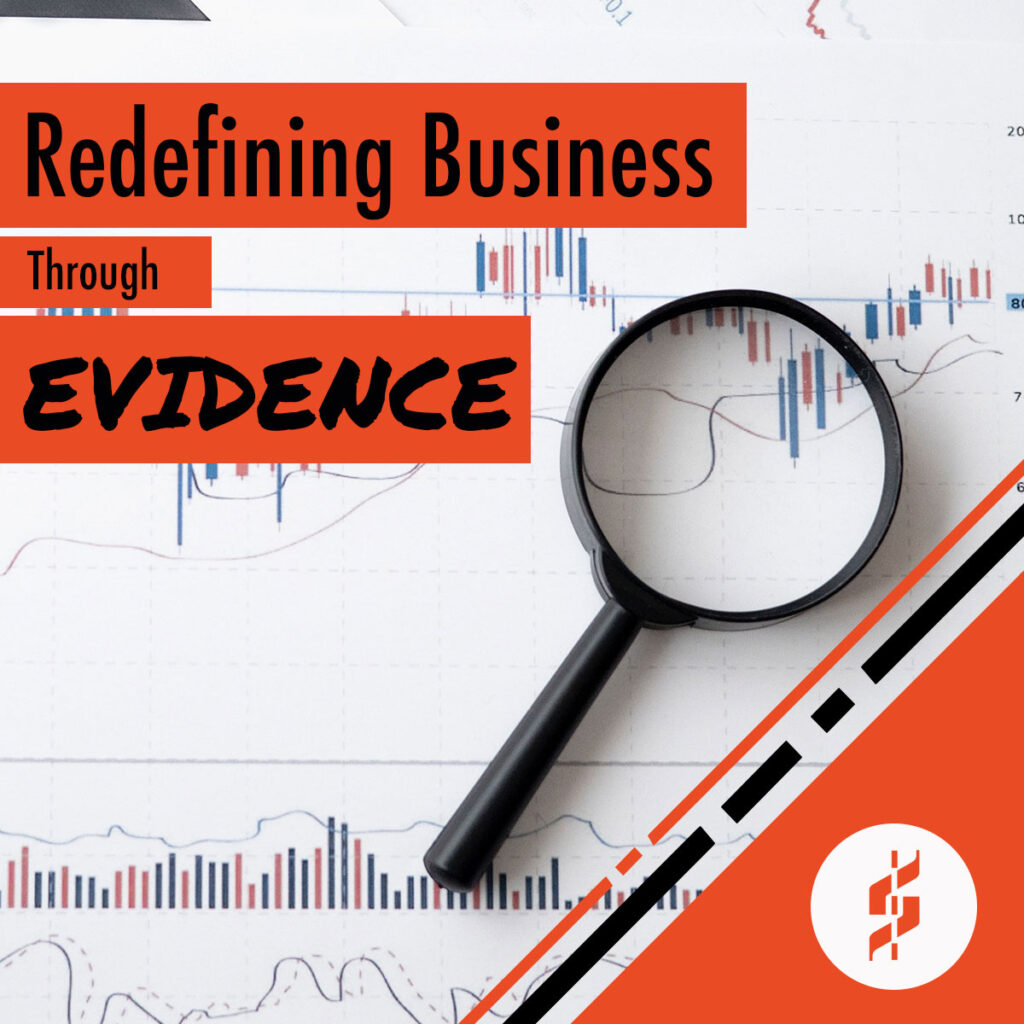Long-standing businesses often have reputations regarding their culture, brand, and style. They market products to audiences with familiar slogans, treat their employees a certain way, and showcase their past achievements to talk about the future. But every so often, the world shifts due to technological or social disruption, and the techniques that once worked no longer apply. The question then is: How do these businesses adapt to change, and when is the right time to start making modifications? If it worked in the past, is this change even necessary?
The answer is yes, but it’s a cautious yes from leaders who often hesitate when the time to make the first step draws near. There could be many reasons for this hesitation, but leaders want to avoid making a mistake, especially when they still are collecting and analyzing the data. This concept is analogous to a scientific model, a representation of a natural phenomenon that is difficult to observe directly but needs to be understood. Because models are only representations and not concrete substance, we have no way of proving or disproving a model until we receive additional evidence, even when gut feelings tell us otherwise. We must be open-minded in our hypothesis, and as we gather more information to either confirm or contrast with the model, we can revise what we already know. This testing is the cornerstone of scientific thinking and has been around for centuries. But as history demonstrates, agreeing on the “truth” is not always shared by society at large, especially when it contradicts a well-established belief.
Large organizations, often content with the status quo, are notoriously slow to accept the data until they absolutely must do so. Again, this behavior is nothing new. In 1632 AD, the Catholic Church, upset that the fundamental values of the scriptures were in question, sentenced Italian philosopher, writer, and astronomer Galileo Galilei to life imprisonment for supporting the Copernican model that the sun, not the Earth, was the center of the universe. So strong was their belief that the Church continued teaching the geocentric philosophy for 200 more years, only relenting when they could no longer argue against the growing body of data surrounding them from insistent 19th-century astronomers who led disruptive technology with the invention of the telescope.
The scientific model proposed by Copernicus and Galileo was ultimately as important as the evidence itself because, without it, there would be no shared knowledge and no guidelines for predicting planetary motions to be proven. Thus, in an understanding of reality, scientific models matter for two main reasons:
- They approximate trends in the real world in which most observations are unknown or mysterious, allowing individuals to agree on a mutual understanding until exceptions arise.
- They help science and observers move forward. Models are never considered 100% complete; there is always one potential exception to the rule. Therefore, the researcher’s job is always to test, expose, observe, and redefine the existing model.
But as the previous example illustrates, data used to disprove a model may not sway decisions when placed against strongly-held historical beliefs. Large industries that rely heavily on process and architecture models sometimes fall prey to this, and leaders often believe that what worked well in the past will continue to operate well in the future. However, this belief is far from the truth; improvements in technology have led to better processing speeds, cheaper hardware costs, and faster time-to-market. These results, in turn, have accelerated the building, testing, and deployment of newer and more effective processes. Yet many organizations continue to follow their existing models that support out-of-date software, are embedded deep with old-style project management philosophies, and often hurt the bottom line because “we’ve always done things this way.” These organizations are only hurting themselves. They adhere to historic tradition even as the planetary data is on full display in front of them.
Modernizing the model behind these organizations is difficult but not impossible, particularly if management supports this change. Consider that it took nearly 1700 years for the collective astronomers to convince society that the Earth revolved around the sun. Now compare this with the single decade it took for researchers in the 1990s to map a model of the entire human genome sequence, probably one of the most ambitious models in human history. Change and adoption in the modern world can happen quickly if the need is strong enough.
So how can organizations start this activity? Understandably, as with any scientific endeavor, it takes an open-minded hypothetical approach combined with a willingness to accept new concepts. Once committed to change, start by reviewing your business process flows and IT models and then ask the following questions:
- How long has the organization been following these models?
- When was the last time teams updated these models?
- What are the business rules already in place that have caused the most favorable results?
- What are the business rules already in place that have caused the most significant harm (or would have the potential to do so)?
- If money, time, and resources were no object, what three tools, technologies, or processes would help the organization achieve the most significant possible change?
Once you have answers to these questions, make a list of the change items sorted from easy to complex, the steps required to complete, and the results you expect to see. Then, begin with the first items on your list, as they will take the shortest amount of time and effort to implement. Once you have your first success, move to the next several items on the list and implement those. Note that not all your ideas will work, but even failure means that you can adapt and revise your existing model. Above all else, your goal is to search for the truth, and that, in turn, will help you achieve whatever goals you seek.



